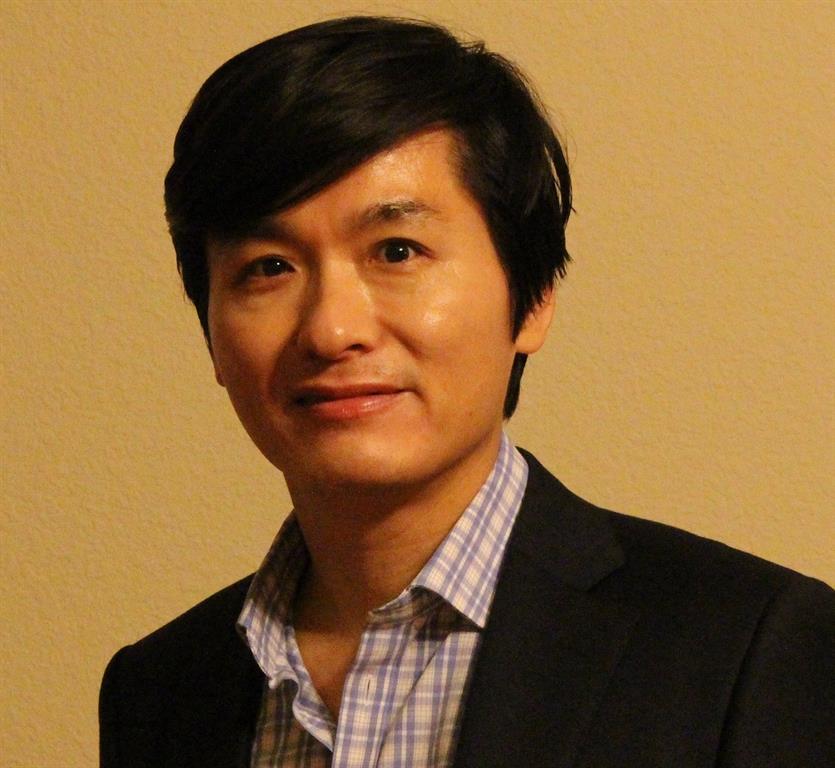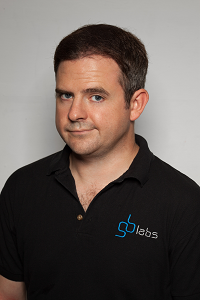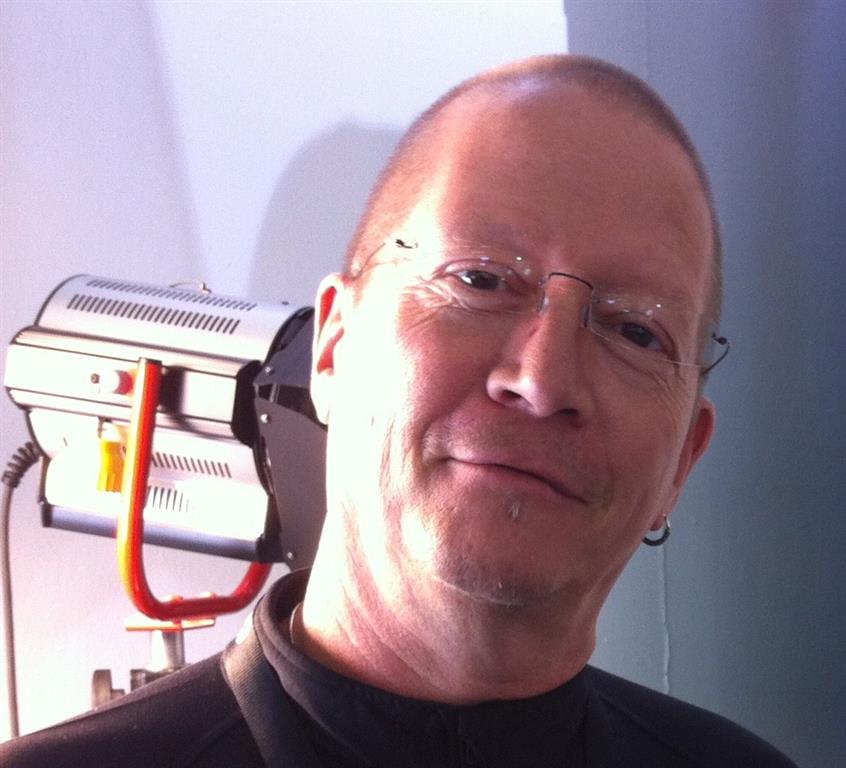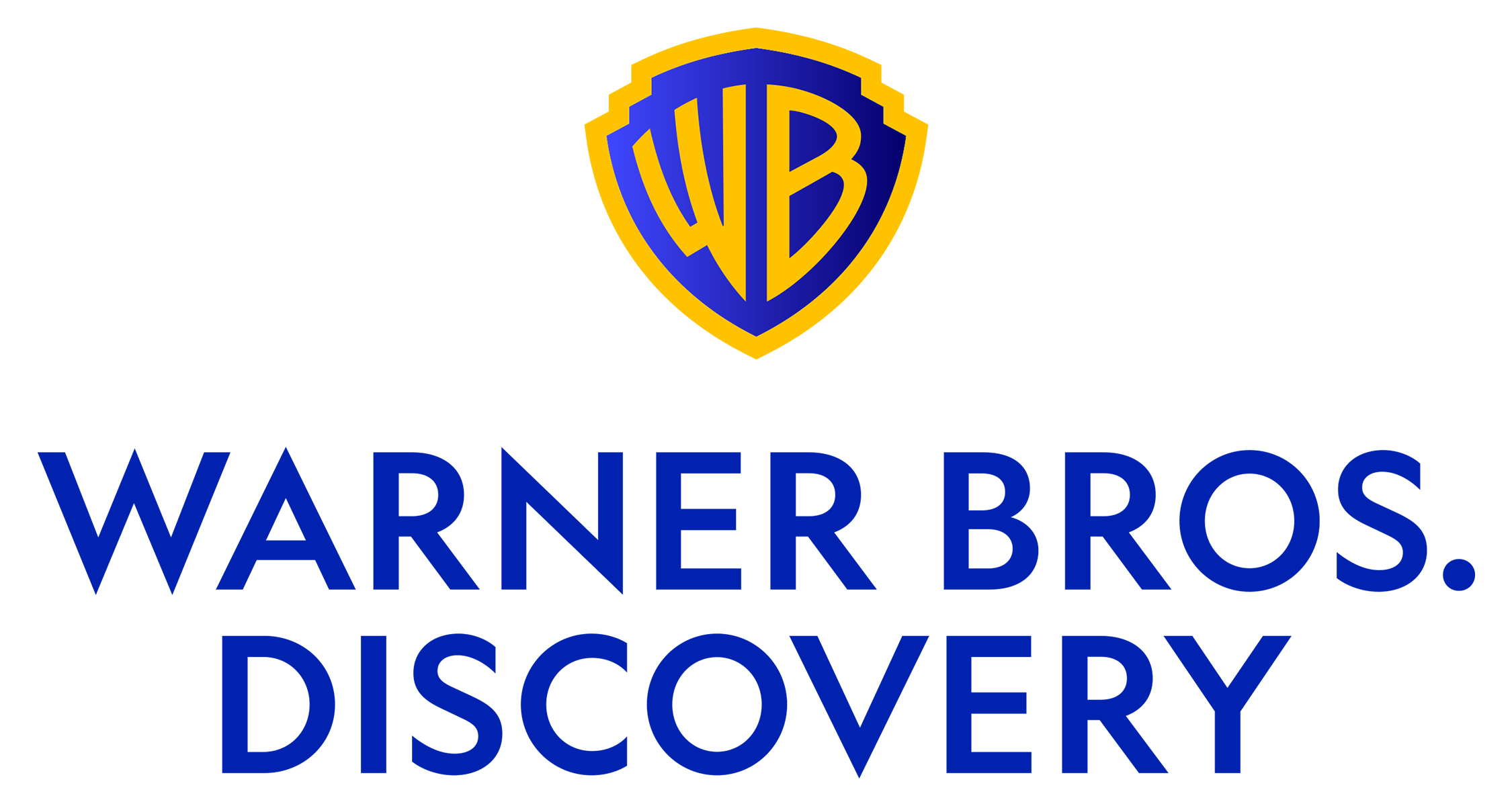Broadcast Asia Vendor Views: Media Excel, Bridge, TMD, More

Jongil Kim, President and CEO of Media Excel Inc.
Expected Tech Trends: BroadcastAsia has always been in the forefront of new technologies and trends. The focus this year is fully in-line with Media Excel's new product development and go-to-market strategies. These include HEVC and UHDTV: Fuelled by the demand for higher video quality, resolution and transport efficiency, HEVC is featured in several trials and deployments across APAC. MPEG-DASH and UHDTV further contribute to HEVC adoption and together enable compiling workflows in both unicast/OTT and broadcast (eMBMS/LTE) mobile video delivery.
Also, the Second Screen: Multiscreen is not a novelty anymore. Operators in APAC are entering the second-generation of second screen initiatives by offering enhanced services as well as enhanced monetization strategies. Targeted ad insertion, analytics and interactivity are a few of the topics we expect to see highlighted at the show, especially as advertising revenue is projected to account for 51 percent of the overall OTT revenue by 2017.
Recent Regional Business: Media Excel is dominating the South Korean telco industry by winning the large-scale multiscreen transcoding projects of the three largest telcos in South Korea. Combined, services from SK Telecom, Korea Telecom, and LGU+ address more than 20 million paid subscribers, compared to more than 50 million paid subscribers for Media Excel's North American end-customers (AT&T, Verizon Wireless, Telus).
Building on the success of those relationships, APAC operators are now further expanding in terms of media volume, and quality/transport efficiencies through MPEG-DASH/HEVC and eMBMS/LTE.
Favourite restaurant/food in Singapore: Jumbo Seafood Restaurant for Sri Lankan Crab. Simen K. Frostad, Chairman of Bridge Technologies
Simen K. Frostad, Chairman of Bridge Technologies

Expected Tech Trends: It's easy to point to the obvious technical developments like 4K, which will of course be present in a big way. But there are more subtle trends too, and I think some of these are quite possibly more important to the development of the industry as a whole. The one I'm thinking of in particular is the ever-mounting demand for multi-role capability. Buyers want kit that is capable of being used in a number of different ways, like a Swiss Army knife. The requirement may be for kit that does X, but can do Y and Z. This is a big advantage; even if Y and Z aren't needed at the moment.
The advantages of multi-role capability revolve around economies of scale and business agility; factors that are more and more important to the industry. For example, if a broadcaster or digital media provider is building new infrastructure in 2014, it's vital to avoid getting locked in by today's equipment choices, when operating conditions and opportunities may be very different in two years' time. Formats are continually evolving, as are markets, so investing in narrowly specialised systems is dangerous.
Recent Regional Business: There's a lot of action in New Zealand in the terrestrial network, where we are involved in several large projects.
Favourite restaurant/food in Singapore: There's so much good food in Singapore, not least the street food. You can't really go wrong. But my priority is always to head for Raffles and get stuck into a (Singapore) Sling or two!
Carlton Smith, Chief Technical Officer, TMD
Expected Tech Trends: Personalised media services: Development of systems and processes that can efficiently and effectively manage production, ingest, post-production and the delivery of media and associated metadata to broadcasters, multi-service operators and content delivery networks in a growing market with growing revenues; which is both format and platform-agnostic. Clients such as Discovery and RTE use TMD’s Mediaflex system to control the media, design and manage these complicated workflows and deliver to these diverse platforms.
The professional video industry's #1 source for news, trends and product and tech information. Sign up below.

Digitisation = Monetisation: Analogue film, video, audio and stills are commercially and/or culturally valuable. In their current form these potential revenue streams are deteriorating on a daily basis and are not easily accessible. The only efficient way to preserve the content and make it more accessible is to convert it to a digital format(s). Clients such as DAMsmart and Deluxe use TMD’s Mediaflex system to control both physical and digital media in a single system. Design and manage the complex digitisation workflows to create preservation, duplication and access copies, harvest metadata, archive to digital data tape and publish for access.
Recent Regional Business: The migration of over one million database records, each of which described a piece of Australian audio visual history. It included The Story of the Kelly Gang which is thought to be the world’s first feature-length narrative move.
Favourite restaurant/food in Singapore:The Banana Leaf Apollo.
Ben Pearce, GB Labs
Expected Tech Trends: Big Data: broadcasters, production companies and post houses are being swamped with data. The deluge is thanks to the growth in multi-camera shoots, file-based production, audience-sourced material, multiple versions of each programme and the demand to replicate content for

security. How can archive storage expand to address the need and how can the files be organized, catalogued and used intelligently and profitably. These are big questions for the show to address.
Also, Cloud Storage: we’re seeing a growing demand for hosting files off-site. Customers have diverse motivations including data security, site mirroring, content sharing and project collaboration. It’s early days for cloud storage but it’s already becoming a red hot topic.
Recent Regional Business: We are preparing to install Asia’s biggest SSD-based primary video storage system at the TNC Broadcasting Center, in Fukuoka, Japan.
Favourite restaurant/food in Singapore: Anywhere that sells chilli crabs (especially at No Signboard Seafood on Geylang Road).
Sue Gilks, Broadcast Sales Manager, Asia-Pacific, Cobham
Expected Tech Trends: There is no question that, in Asia, going digital and, as an extension, upgrading to HD are still the driving forces behind broadcast sales and service activity. Our aim in terms of transmitters and receivers is to make that transition simple, economic and pain free.

Recent Regional Business: Given the trend to go all-digital and HD, there have been lot of technical questions, the vast majority of which have been answered. Those answers, of which Cobham is certainly a major provider, have been the collective enabler for those trends to continue apace. Our Nano HDTX transmitter and PRORXD receiver are the most recent examples of what Cobham is doing to facilitate the transition, not just in the Asia-Pacific, but around the world.
Favourite restaurant/food in Singapore: Having been a resident of Singapore for many years, there are simply too many to mention! Visitors to Broadcast Asia, whether veterans or first-timers, will be spoilt for choice from a wide range of exceptionally fine dining options.
Stephen Clemesha, Magna Systems and Engineering
Expected Tech Trends: Without question, the move to 4K acquisition, production and broadcasting and the increased use of the cloud and cloud-based services will dominate BCA.

Recent Regional Business: There have been several, but the transcode farm we installed at a major media facility in Singapore would have to rate as one of the largest of recent times.
Favourite restaurant/food in Singapore:IPPUDO Ramen.
Mike Perry, Photon Beard Ltd
Expected Tech Trends: The increasing roll out of 4K and lots of talk about 4K and beyond, and the ever-increasing domination of LED lighting in the studio and location market.

Recent Regional Business: Through our Indian Distributor, Photon Beard recently completed the design, supply and installation of three studios for Mathrubhumi News in Trivandrum, Kerala, South India. Consisting of a News Studio, a Program Studio and a Regional Studio, each was supplied with a mix of Tungsten and low energy fluorescent lighting controlled via our own wireless DMX, and distributed IGBT dimming.

